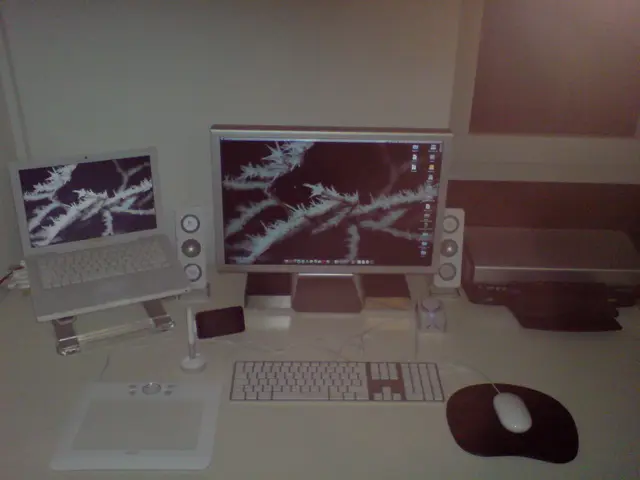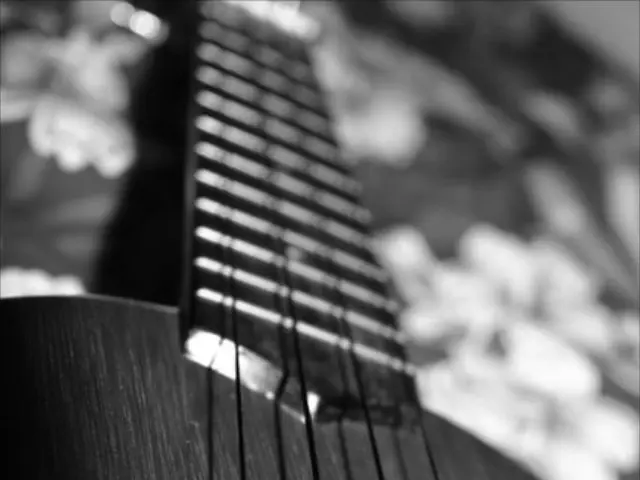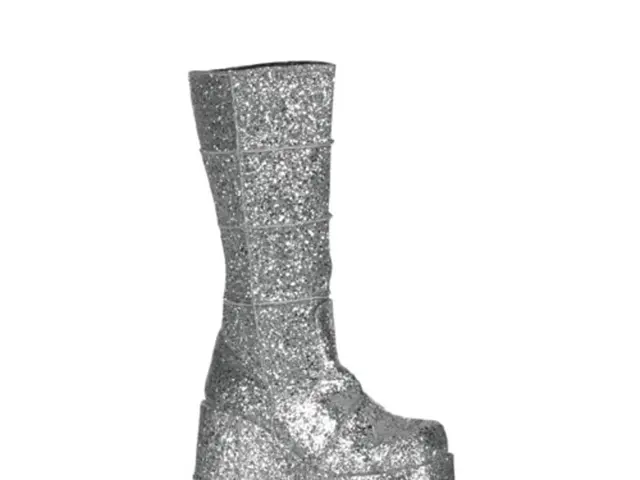Recommendations from FinderScope, Drawn from Extensive Use of Numerous Services
**News Article: Unmagnified Reflex Sight Finders: A Complementary Tool for Telescope Navigation**
Unmagnified reflex sight finders, such as the Telrad or Rigel Quikfinder, are becoming increasingly popular among astronomers as a useful tool for telescope navigation. These devices offer both advantages and disadvantages, making them a valuable addition to any observatory setup.
## Advantages
### Wide Field of View
One of the primary advantages of unmagnified reflex finders is their wide field of view. Unlike magnifying finders, these devices project a bright red ring or dot onto the sky without magnification, providing a large and clear field of view. This makes it easy to scan large portions of the sky and quickly locate bright stars or constellations used as reference points.
### Simplicity and Ease of Use
Reflex sights are very intuitive; aligning the reflector with a target is as simple as placing the ring or dot over it. There's no need to look through an eyepiece, which can be especially helpful for beginners or casual observing.
### Fast Target Acquisition
Reflex sights allow rapid pointing of the telescope roughly in the direction of an object. This is especially useful for initial alignment before switching to a higher magnification eyepiece or other finder scopes.
### Low Power Consumption
Almost all reflex finders use a small LED and consume minimal battery power. Long battery life makes them reliable for extended observing sessions.
### Robust and Lightweight
Typically compact and sturdy with few moving parts, reflex finders add minimal weight and bulk to a telescope setup.
## Disadvantages
### No Magnification for Close Target Verification
Because the image is unmagnified, it can be hard to spot faint objects through the reflex sight alone. Once roughly pointed, you usually need to use a separate finder scope or the main telescope eyepiece to confirm the target.
### Poor Performance Under Bright Conditions
In twilight or light-polluted skies, the red dot or ring can be difficult to see clearly. Bright backgrounds can wash out the sight’s reticle, reducing effectiveness.
### Not Useful for Precise Aiming
Reflex sights provide approximate pointing but lack the precision of magnified finders. For very small or faint objects, it may be challenging to dial in exact alignment without another finder.
### Alignment Can Be Tricky
Properly aligning a reflex sight to be parallel with the telescope optical axis requires care. If not well aligned, the offset can cause frustration during star hopping or object location.
### Minimal Additional Information
Unlike magnifying finders, these devices do not show star fields or detail that helps in star hopping. You rely entirely on naked-eye star patterns combined with the sight ring or dot.
---
## Summary
| Aspect | Advantages | Disadvantages | |----------------------------|----------------------------------------------|-------------------------------------------| | Field of View | Very wide, easy to find bright reference points | Cannot magnify faint objects | | Ease of Use | Simple, intuitive to use | Limited precision for exact object location | | Battery & Maintenance | Low power, durable | Limited visibility in bright skies | | Application | Fast initial aiming, useful for beginners | Ineffective alone for faint or small targets |
---
### Final Thought
Unmagnified reflex sights like the Telrad or Rigel Quikfinder are excellent complementary tools for quick and broad initial aiming of telescopes, especially in wide-area star hopping. However, for detailed object confirmation and faint target acquisition, they work best when paired with a magnified finder scope or the telescope’s main eyepiece.
Most telescopes come with a finder, but it may not be suitable for individual needs. For example, the Takahashi 7x50 straight-through finder is of great quality, with a 6.3-degree true field and focusing accomplished by twisting the eyepiece. Straight-through finders give an upside-down image and are cheaper. Finders can be either magnified or unmagnified.
The illuminated reticle of the Baader Vario 10×60 RACI finder has double crosshairs to avoid obscuring the target and is adjustable for brightness. The reticle is also sealed to prevent dust from getting on the focal plane of the eyepiece. Magnifying finders, or finder scopes, are essentially a small refracting telescope with a crosshair or reticle eyepiece.
The Apertura 8×50 RACI finderscope is a budget-friendly, basic finder with a 5.6-degree true field of view. The Explore Scientific 8x50 illuminated finderscope features an illuminated reticle and is easy to attach to a finder shoe/base. Magnifying finders come in two types: straight-through and right-angle.
If you're on a budget, consider the SVBONY Red Dot finder, or the SVBony SV182 6×30 finder, which offers a 7-degree true field. These budget-friendly options can still provide valuable assistance in locating celestial objects.
- For beginners or casual astronomers who prefer easy-to-use and quick navigation tools, reflex sights like the Telrad or Rigel Quikfinder are valuable additions, offering a wide field of view.
- In addition to their wide fields of view, reflex sights are also sturdy and lightweight, making them suitable for a variety of telescope setups.
- While reflex sights provide a useful wide field of view and are straightforward to use, they lack the precision of magnified finders and are not as effective in bright conditions.
- To verify and locate faint celestial objects, it is recommended to pair a reflex sight with a magnified finder scope or the main telescope eyepiece.
- The Baader Vario 10×60 RACI finder, for instance, is a magnifying finder with an illuminated reticle, adjustable brightness, and a dust-sealed reticle, providing additional functionality for astronomy enthusiasts.







